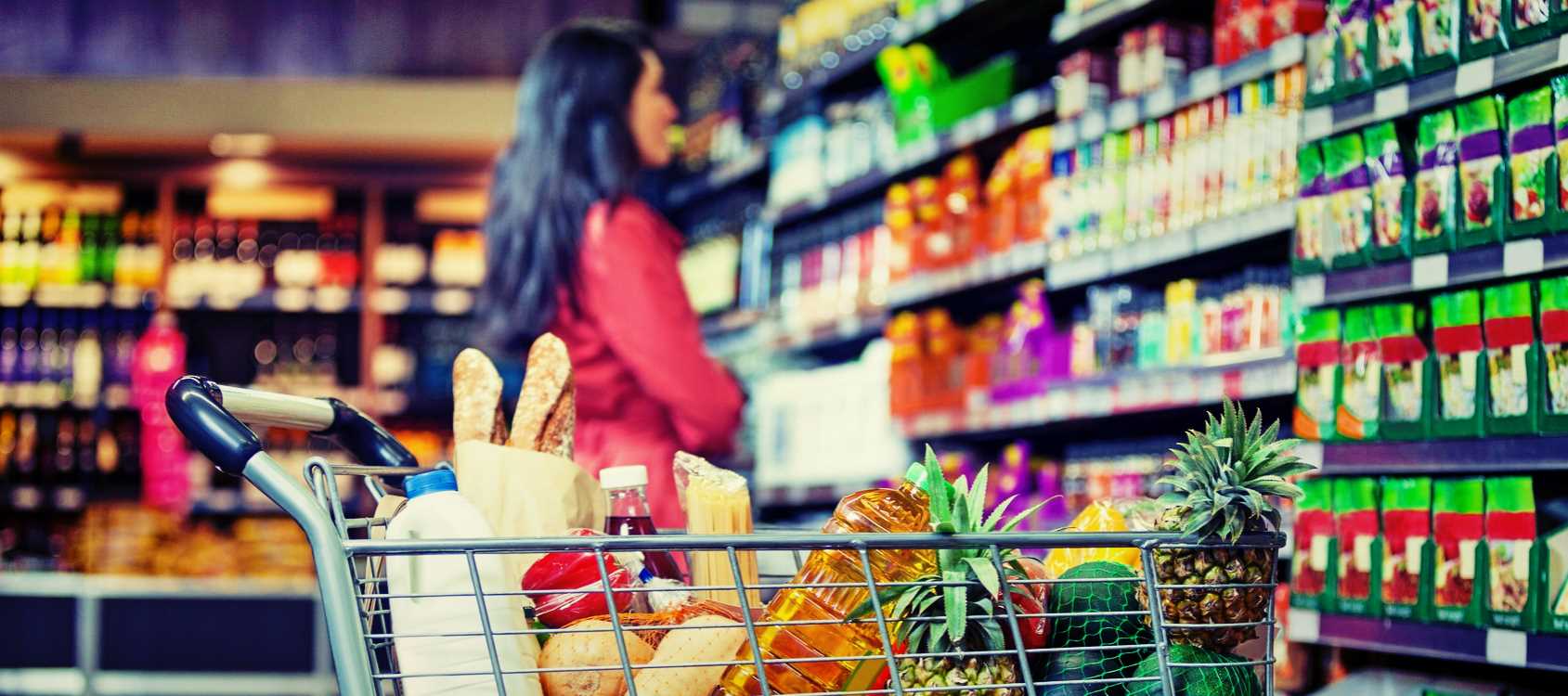
Hidden Sugars Not Where You’d Expect
Have you ever found that your blood sugar is abnormally high even when you’re trying to avoid sugary foods? The truth is, many foods that we perceive to be healthy may be far from it. Added sugar is the most common culprit – it’s put into foods to increase their flavor, especially reduced fat foods.
Just because there’s a nutrition-oriented statement on the package (like “contains whole grain,” “excellent source of calcium,” “fat-free,” “100% juice,” or “25% less sugar,”) doesn’t mean it won’t still contain a shocking amount of sugar. And just because the brand name or product name sounds like it’s good for weight loss (Weight Watchers, Skinny Cow, etc.), don’t assume the food is lower in sugar.
Today, the average adult living in the U.S. consumes about twenty-two teaspoons of added sugars every single day, including the hidden sugars in foods they might actually believe are healthy. Compare this to the amount of added sugar recommended by health professionals: no more than six teaspoons or about one hundred calories a day of added sugar. This equates to no more than about five percent of total calories, which in many ways is still a significant amount.
While there’s lots of conflicting theories about which type of diet is most likely to protect against chronic diseases or the best way to lose weight in Springfield Missouri, limiting your intake of added sugar foods turns out to be one of the few things nearly all health experts agree on. Even as consumers are trying to avoid sugars in food, companies have gotten sneakier and have started to disguise the sugar in their products, so it’s not as apparent how much sugar you are consuming.
Sugar Undercover
Don’t be fooled. “Sugar” can be listed on the label in many different forms you should be aware of, including:
• Agave nectar, brown sugar, cane crystal, cane sugar, corn sweetener, corn syrup
• Crystalline fructose, dextrose, evaporated cane juice, organic evaporated cane juice
• Fructose, fruit juice concentrates, glucose, high-fructose corn syrup, honey, invert sugar
• Lactose, maltose, malt syrup, molasses, raw sugar, sucrose, syrup
Become a Sugar Sleuth
It may seem like a quagmire, but there are easy ways to reduce your sugar intake. Education is the first step. Learn more about these hidden sugars and either avoid them, or substitute them for healthier options.
Sushi
While rice and vegetables may seem healthy, the reality is that sushi is high in low-fiber carbs, salt, and calories and low in just about anything else, including protein. And yes, did you know that sushi rice wouldn’t be sushi rice without some added sugar? What to eat instead: Homemade brown rice sushi is great! Otherwise, when going out, try sashimi. This is low sugar, low calories, 100% protein, and is usually very low in sodium (depending upon how much soy sauce you add).
Canned Foods
Whether it’s a spicy curry sauce, savory BBQ sauce, or a basic tomato sauce for your spaghetti, almost anything in a jar comes with loads of added sugar–and that includes soup.
Sauces
Pasta sauces, ketchup, relish, teriyaki, etc.. Most taste savory, not sweet, but they can have between 6 and 12 grams of sugar per serving. That’s the same amount that you would get from a chocolate chip cookie.
Granola
It sounds healthy because it’s marketed as healthy. Whether it’s crumbled granola or a granola bar, there are usually added sweeteners. On top of that, some granola bars are coated in yogurt, chocolate, or chocolate chips which ramp up the sugars fast. Instead, try sliced almonds in place of your normal granola topping.
Yogurt
Yogurt is in smoothies, blended juices, under granola, frozen like a popsicle, or served soft like ice cream. In any of its forms, it usually contains anywhere from 17 to 33 grams of sugar per 8oz. serving. Don’t be fooled, that includes low-fat flavored yogurts. Opt for plain Greek yogurt and toss in the fruit of your choice.
Salad Dressing
Just two tablespoons of salad dressing can have 5 to 7 grams of sugar, so watch how much you pour on. A lower sugar option is to make your own light vinegar and oil dressing. Two tablespoons of this dressing will only have 1 gram of sugar.
Dried Fruit
With all the water taken out, dried fruit has much more sugar by volume than fresh fruits. A small box of raisins (1.5 ounces) has more than 25 grams of sugar. In comparison, you could eat an entire cup of grapes with only 15 grams of sugar.
Be educated about hidden sugars and don’t let yourself be bamboozled. Foods that are marketed as healthy are not always the best options for you and your family. Read your nutrition labels carefully and keep these insights in mind the next time you’re at the grocery store. As you strive toward a healthier lifestyle, let Kare Health and Wellness’ Nutritional Coach guide you in the right direction. Healthy blood sugar levels are obtainable with proper choices and guidance.









